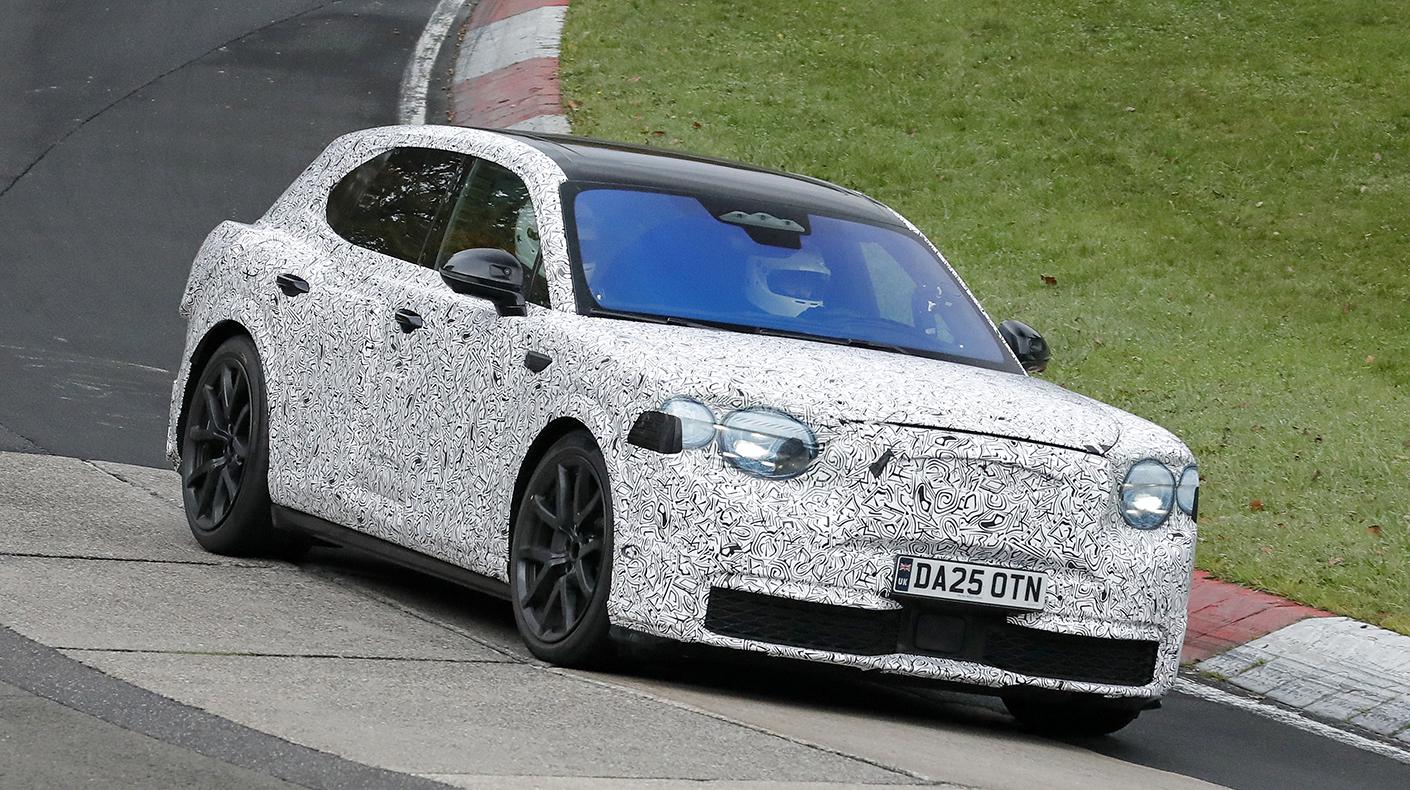By Monika Earle
 Many editors say that the Media Center bins and New Products Showcase are among their top resources for information. |
Editors love press releases. An effective press release allows editors to quickly and easily fill their publications (whether print or digital) with relevant content. Like many businesses, media outlets are often understaffed and editors are challenged with having to do a lot of work in a short amount of time. An effective press release is one that makes it easy for editors to use your content. Here are some best practices when it comes to drafting and submitting your press materials for SEMA Show coverage:
- Target your message. If your product is geared toward musclecars, don’t target truck magazines and expect media coverage. Editors may tag your e-mail address as spam if they get irrelevant releases from you.
- Personalize your message. While you don’t have to individualize each release you send out, avoid putting multiple contact names in the “to” line of an e-mail. Aside from looking bad, editors want to know that you put some time and thought into sending a release in which they would be interested.
- Highlight the benefit. Use a strong, concise headline to grab the attention of your reader, and don’t make the editor search for the news (who, what, where, when, why).
- Write like an editor. Most publications follow Associated Press (AP) format. Be familiar with and follow the writing style of the publication you are targeting.
- Do not send sell sheets. Doing so will require that the editor piece the story together.
- Allow editors to copy and paste. Send Word files rather than PDFs. If they can quickly copy and paste your text, you will have much more success in getting them to run your news.
- Include a usable photo. Editors typically like to run photos with their news stories. If they have to choose between two releases and only one has a photo, they are much more likely to run the release with a photo. JPEGs are preferred over TIF, EPS or PNG files, and print publications will insist on a high-res image.
- Time your release. Know the news cycle of the publication you are targeting. Many print publications have two-month lead times, so plan accordingly.
- Include your contact information. Always include the name and contact information for a media contact in case the editor has questions.
- Develop a relationship. Take the time to get to know those editors who are relevant to your market. Send them notes on articles they have written, and connect with them at industry events whenever possible.
Following these tips will ensure that you will have the greatest success in receiving media pickup of your press materials and increase your chances of publicity for your products or other corporate announcements.





